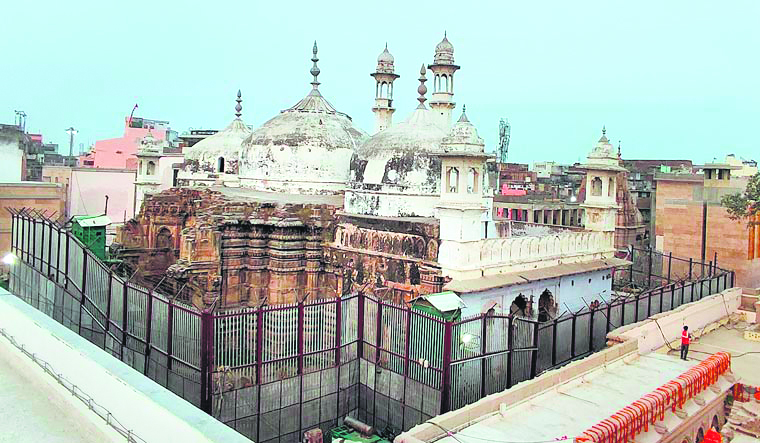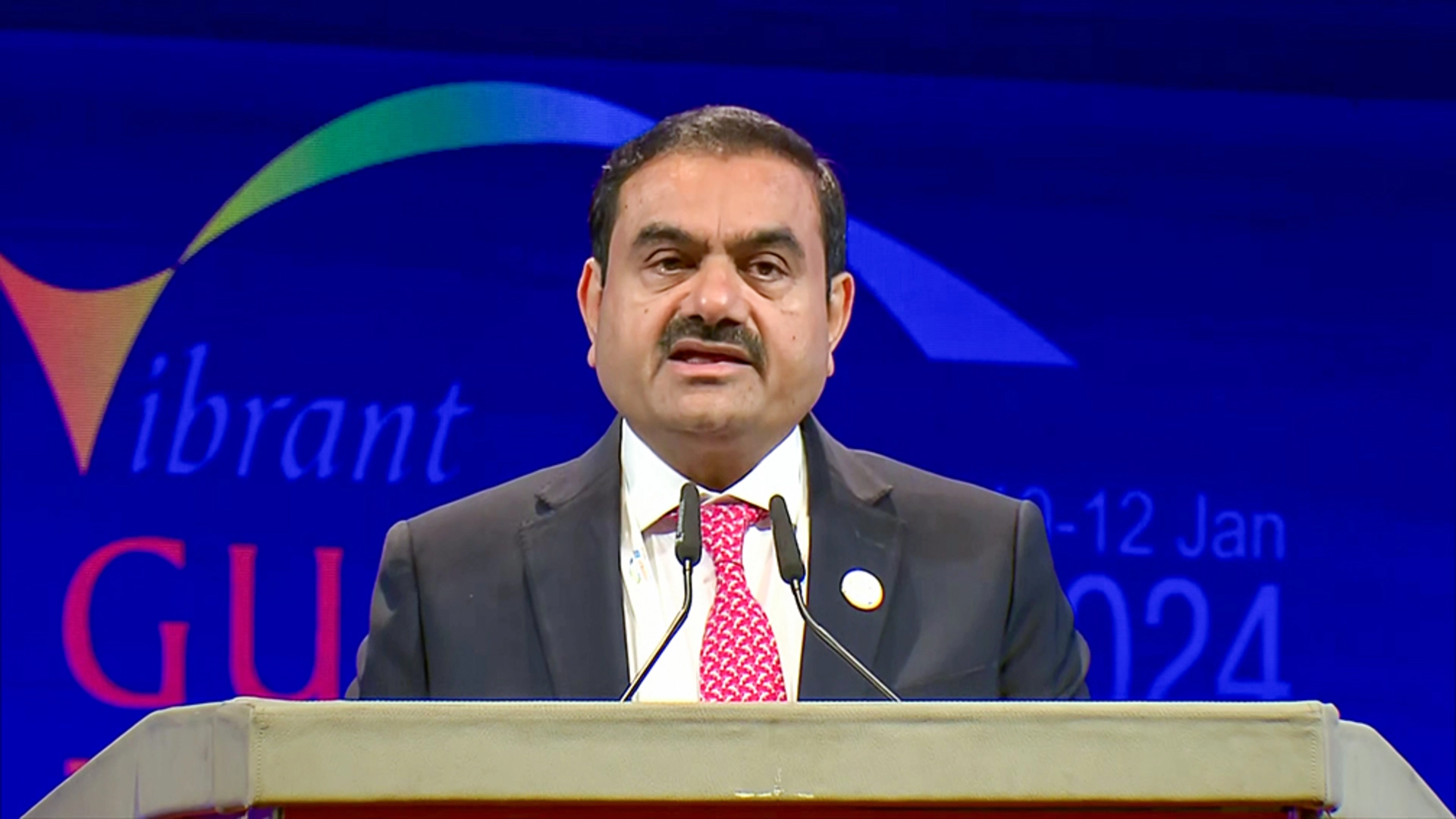
Following the issuing the ASI survey report on the Gyanvapi complex from the Varanasi district court at 10 pm on Thursday, January 25th, a renewed wave in Hindus swept across India, and now this is capturing media attention. This issue is not only resonating in North India but also reached the southern states of Karnataka, Andhra Pradesh, and Tamil Nadu. The evidence uncovered by ASI during the survey drew the focus of Hindu-Sanatanis from North to South in India on this issue. Professor Alok Tripathi is the key person who prepared and submitted to the court, with the help of eight individuals holding doctorate degrees, including two Muslims.
Drawing on references from various sources such as Shatapath Brahmana, Gopath Brahmana, Brahadranayaka Upanishad, Panini’s Ashtadhyayi, Mahabharata’s Anushasna Parva, and Buddhist texts like Mahavastu, Buddhacharita, and Jetakas, the team meticulously surveyed Gyanvapi. They also incorporated insights from the travel memoirs of European and Chinese travelers, including the notable Hwein Tsang.
In their comprehensive report, the team, responding to court instructions and questions, addressed the seventh point in the ‘Brief Findings of Survey,’ explicitly stating that a this can be said, ‘A Big Hindu temple existed before the current structure was built. Additionally, the report highlighted that the Arabic-Persian inscription inside a room indicated the mosque’s construction in the 20th regnal year of Aurangzeb (1676-77 CE). Consequently, it was inferred that the pre-existing structure had been destroyed during Aurangzeb’s reign in the 17th century, with some parts modified and reused in the current structure.
The Lawyers representing the Hindu side, Harishankar Jain and Vishnu Jain, asserted that Hindus should now be permitted to worship at the site.













